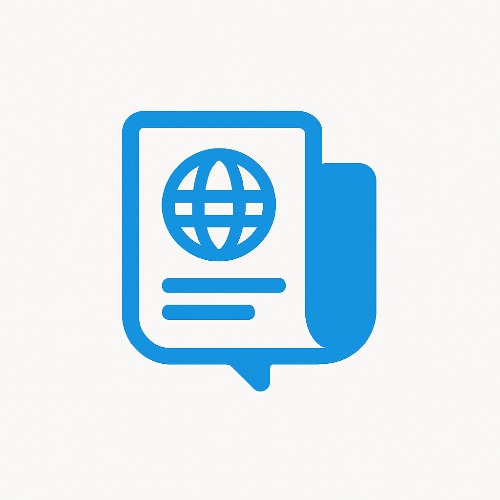티스토리 뷰
Learn Korean: How Hangul Syllables Work – Practice with Real Examples
백소식 2025. 4. 29. 12:28
Have you ever listened to a K-pop song and wished you could understand the lyrics without subtitles? Maybe you’ve found yourself mimicking your favorite Korean idol’s lines or trying to sing along to BTS, BLACKPINK, or NewJeans—but it’s all written in a script that looks completely unfamiliar. That script is called Hangul (한글), the Korean alphabet—and the great news is, it’s one of the easiest writing systems to learn in the world.
In this post, we’ll explore what Hangul is, how it works, and why learning the Korean alphabet is the perfect first step in your journey to learn Korean, especially if you’re a fan of K-pop, Korean dramas, or Korean culture.
What Is Hangul?
Hangul is the official writing system of Korea, created in 1443 by King Sejong the Great. Before Hangul, Koreans used Chinese characters (Hanja), which were difficult for commoners to learn. King Sejong wanted to create a writing system that was logical, easy to learn, and accessible to everyone.
The result? A scientific alphabet made up of 14 basic consonants and 10 basic vowels, designed to represent the shape and function of your mouth and tongue when speaking. Hangul was so innovative that linguists around the world consider it a genius invention.
Why Should You Learn Hangul?
- Understand K-pop Lyrics and Idol Messages
- If you love K-pop, imagine being able to read your favorite idol’s handwritten messages on Instagram, fan letters, or even sing along more confidently during concerts! Many fans say that learning Korean brought them closer to the culture—and even helped them connect with friends across the world.
- Unlock Korean Culture and Media
- From K-dramas to Korean webtoons and variety shows, knowing Hangul gives you access to authentic Korean content without always relying on translations.
- It’s Easier Than You Think
- Unlike English or Chinese, Hangul is entirely phonetic—what you see is what you pronounce. You can literally learn to read Korean in one day, and within a week, you can become comfortable recognizing and sounding out words.
The Structure of Hangul: How the Korean Alphabet Works
Hangul is made up of blocks, and each block represents one syllable. A block usually consists of:
- One consonant (초성)
- One vowel (중성)
- Sometimes an ending consonant (받침)
For example:
- 한 (han) = ㅎ (h) + ㅏ (a) + ㄴ (n)
- 글 (geul) = ㄱ (g/k) + ㅡ (eu) + ㄹ (l/r)
Hangul letters are not written in a line like English, but in syllabic clusters that fit neatly into square shapes.
Consonants and Vowels – A Brief Introduction
Basic Consonants (14):
ㄱ (g/k), ㄴ (n), ㄷ (d/t), ㄹ (r/l), ㅁ (m), ㅂ (b/p), ㅅ (s), ㅇ (ng or silent), ㅈ (j), ㅊ (ch), ㅋ (k), ㅌ (t), ㅍ (p), ㅎ (h)
Basic Vowels (10):
ㅏ (a), ㅑ (ya), ㅓ (eo), ㅕ (yeo), ㅗ (o), ㅛ (yo), ㅜ (u), ㅠ (yu), ㅡ (eu), ㅣ (i)
Each vowel is either horizontal or vertical, and combines with a consonant to form a block.
Tips to Get Started
- Use apps like Duolingo, LingQ, or Talk to Me in Korean to practice reading.
- Try reading Instagram or YouTube comments from Korean fans—many are short and repetitive.
- Challenge yourself to read a K-pop idol’s Korean tweet and understand one word per day!
Final Thoughts: Your First Step into Korean Starts with Hangul
Whether you’re into K-pop, Korean dramas, or planning to travel to Seoul, learning Hangul is the foundation of Korean language. And it’s not just useful—it’s empowering. You’ll feel a real sense of achievement once you start reading signs, menus, and lyrics all by yourself.
In our next blog post, we’ll dive deeper into batchim (final consonants) and how to pronounce tricky combinations.
Start your Korean journey today—and bring your favorite K-pop lyrics to life!
